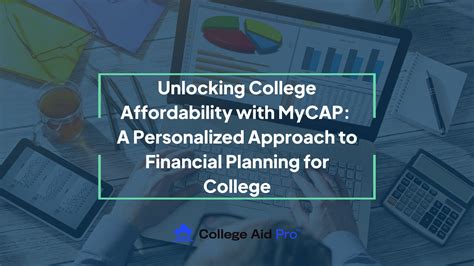Navigating the financial complexities of higher education can be daunting. However, the availability of financial aid programs offers a lifeline to students seeking to pursue their academic aspirations. These grants, loans, and work-study opportunities bridge the gap between the cost of education and students’ financial resources.

Financial Aid Landscape: Types and Eligibility
Financial aid comes in various forms, each with its own eligibility criteria. Understanding these options can help students maximize their financial assistance:
Grants
Grants are free money that does not have to be repaid. They are awarded based on factors such as income, academic merit, and financial need.
-
Federal Pell Grants: The primary need-based grant program, providing up to $6,895 for the 2023-2024 academic year.
-
Supplemental Educational Opportunity Grants (SEOG): Awarded to students with exceptional financial need, offering up to $4,000.
Loans
Loans are borrowed funds that must be repaid with interest. Students are typically required to demonstrate financial need to qualify for subsidized loans.
-
Federal Direct Subsidized Loans: Offer low interest rates and have no interest charged while students are enrolled at least half-time.
-
Federal Direct Unsubsidized Loans: Available to all students regardless of financial need, but interest accrues from disbursement.
Work-Study
Work-study programs allow students to earn money through part-time employment on or off campus.
- Federal Work-Study Program: Provides students with eligible jobs that help them offset education costs.
Maximizing Financial Aid Opportunities
To optimize financial aid opportunities, students should:
-
File the Free Application for Federal Student Aid (FAFSA): The FAFSA is the gateway to federal and state financial aid.
-
Meet deadlines: Financial aid is awarded on a first-come, first-served basis. File the FAFSA early to increase chances of receiving funds.
-
Explore alternative sources: Consider private scholarships, grants, and loans to supplement federal aid.
-
Appeal if necessary: If a student believes they were awarded an incorrect amount of financial aid, they have the right to appeal the decision.
The Impact of Financial Aid
Financial aid has a profound impact on access to and completion of higher education:
-
Increased enrollment: Financial aid makes college possible for students from all socioeconomic backgrounds.
-
Reduced financial burden: Grants and loans help alleviate the financial pressures associated with tuition, fees, and living expenses.
-
Improved academic outcomes: Students receiving financial aid are more likely to persist in their studies and achieve academic success.
Tables for Financial Aid Planning
Table 1: Types of Financial Aid
| Type | Description | Source |
|---|---|---|
| Grants | Free money that does not have to be repaid | Federal government, states, colleges |
| Loans | Borrowed funds that must be repaid with interest | Federal government, banks, credit unions |
| Work-Study | Part-time employment oportunidades to earn money | Federal government, colleges |
Table 2: Eligibility Criteria for Federal Grants
| Grant | Income Limit | Academic Merit | Financial Need |
|---|---|---|---|
| Pell Grant | Varies by family size and income | No | Yes |
| SEOG | Varies by family size and income | No | Yes |
Table 3: Interest Rates on Federal Loans
| Loan Type | Current Interest Rate |
|---|---|
| Direct Subsidized Loans | 4.99% |
| Direct Unsubsidized Loans | 6.56% |
Table 4: Repayment Options for Federal Loans
| Repayment Plan | Description |
|---|---|
| Standard Repayment Plan | Fixed monthly payments over 10 years |
| Graduated Repayment Plan | Initial payments lower than standard plan, increasing over time |
| Extended Repayment Plan | Longer repayment term (15-25 years) with lower monthly payments |
